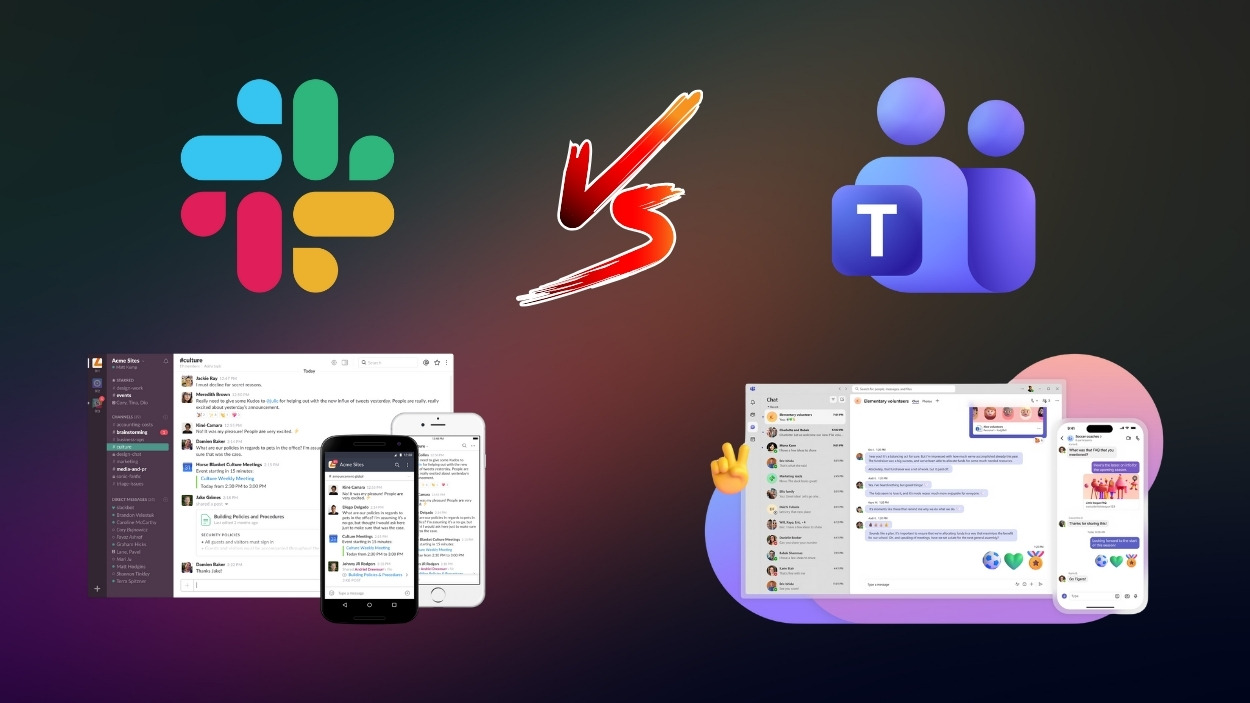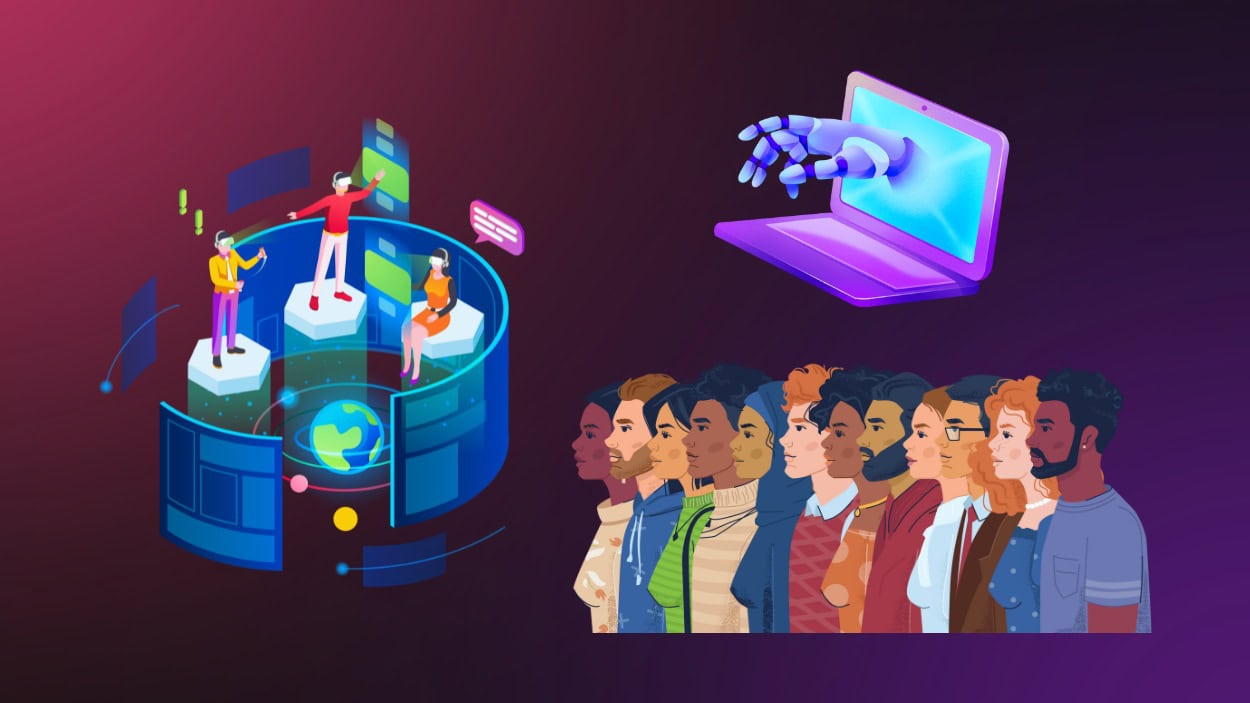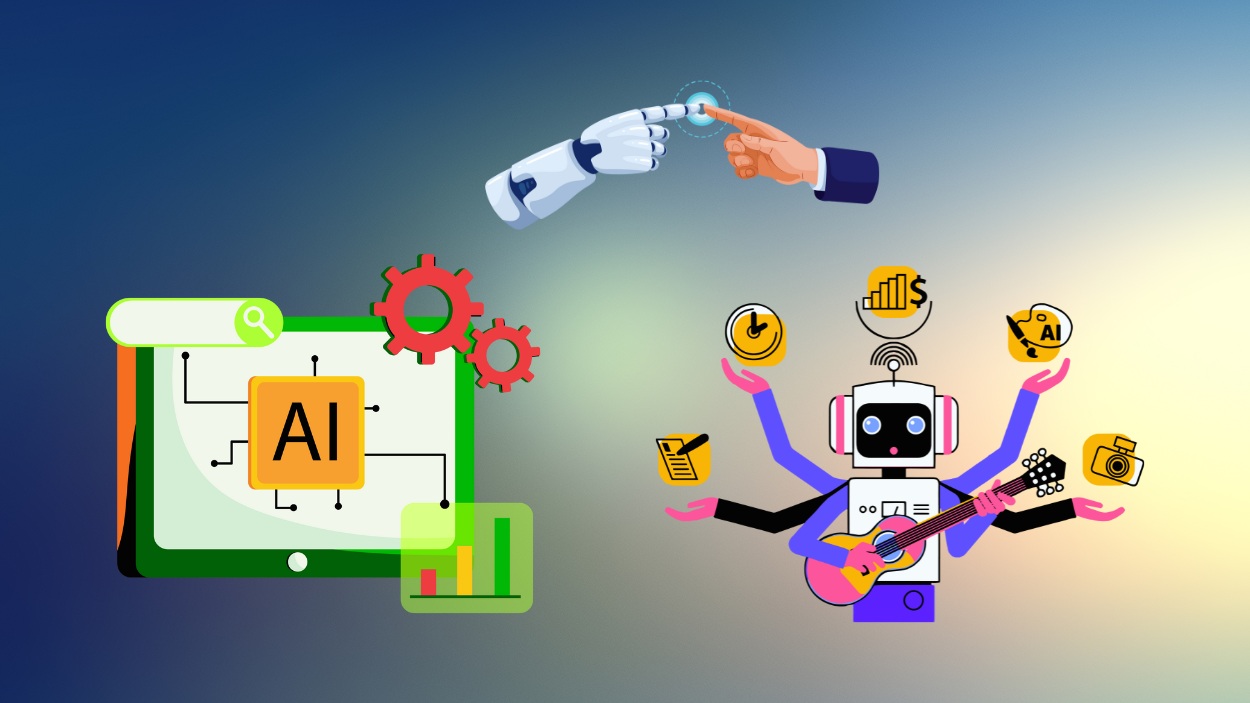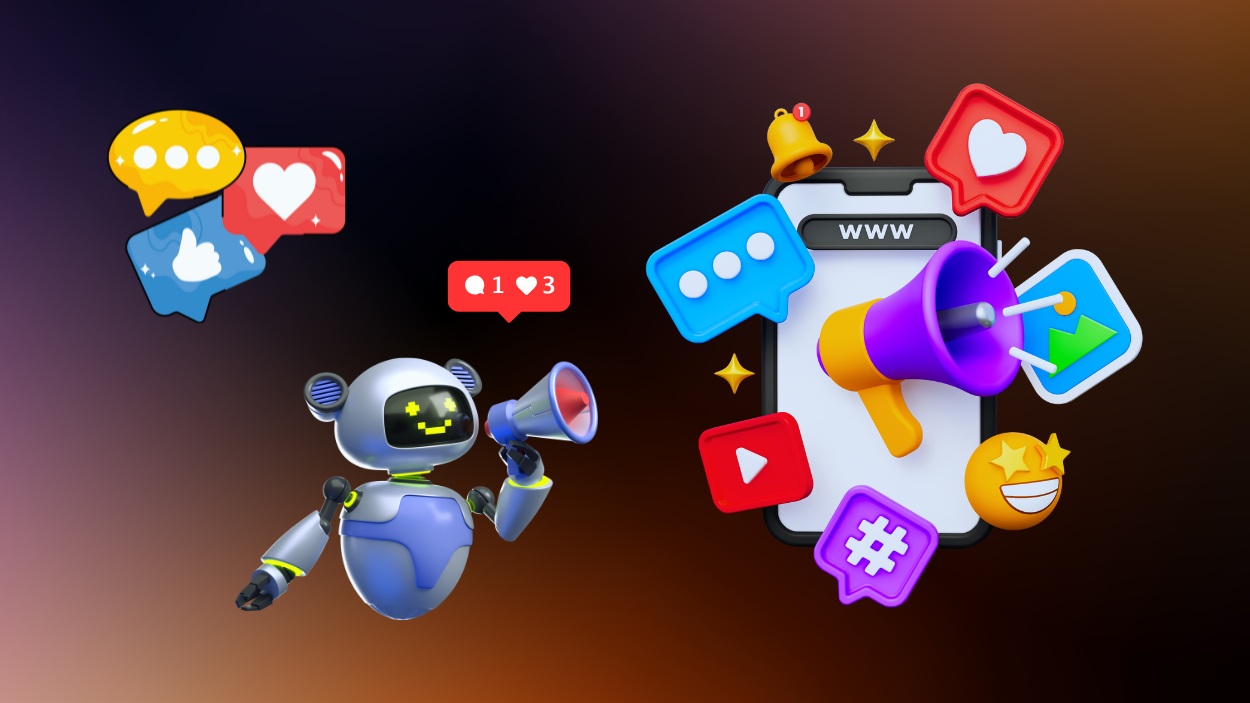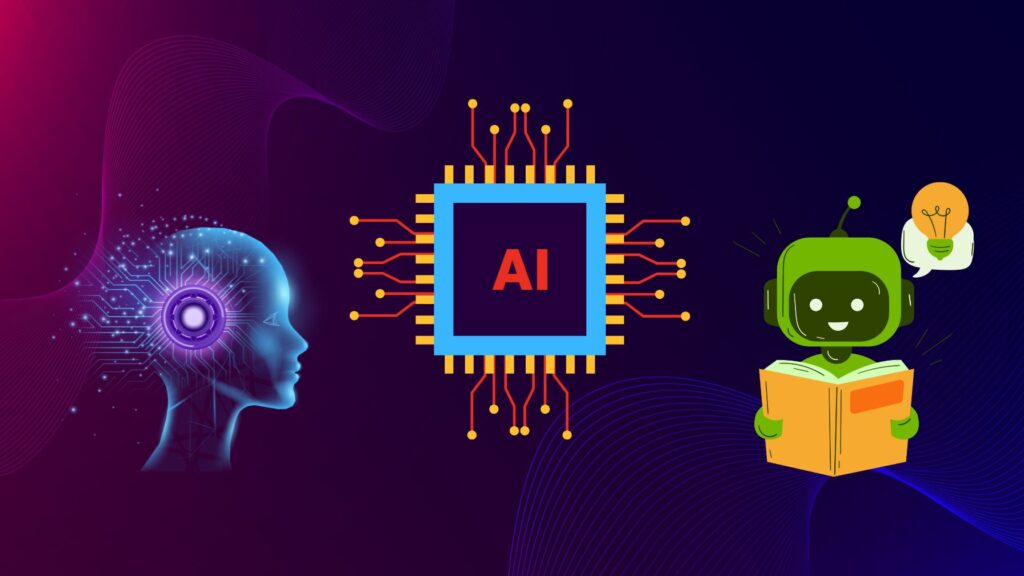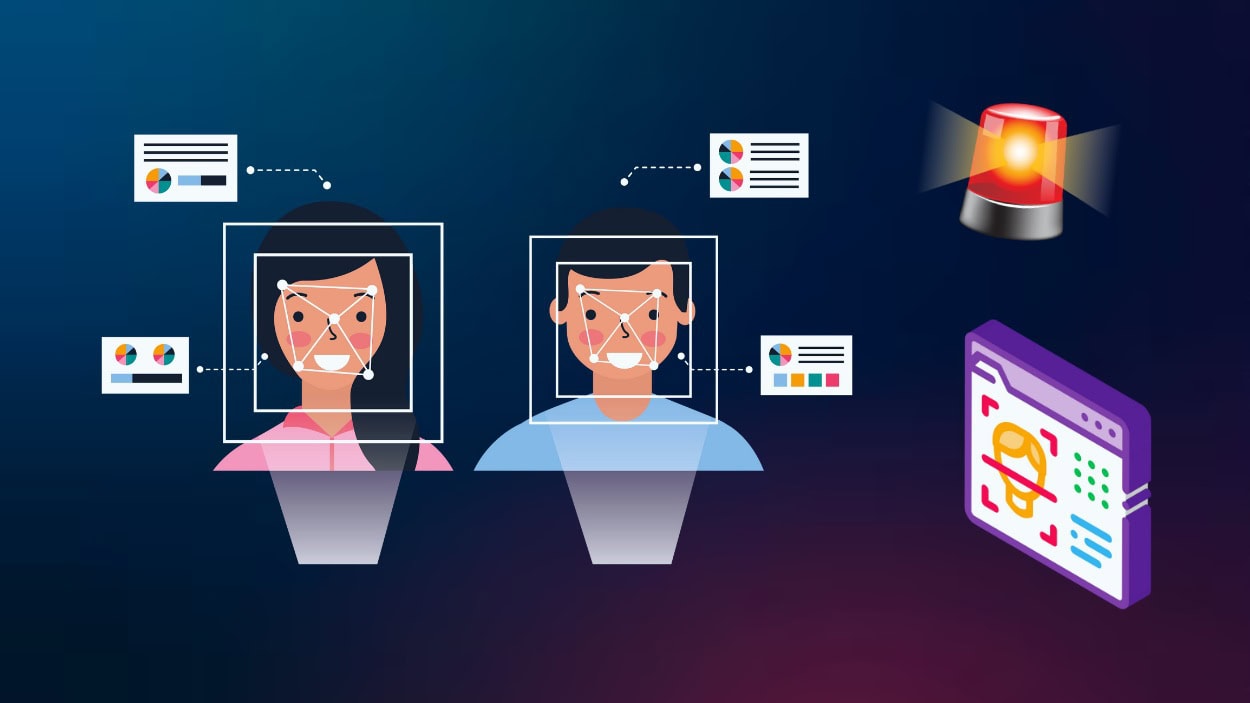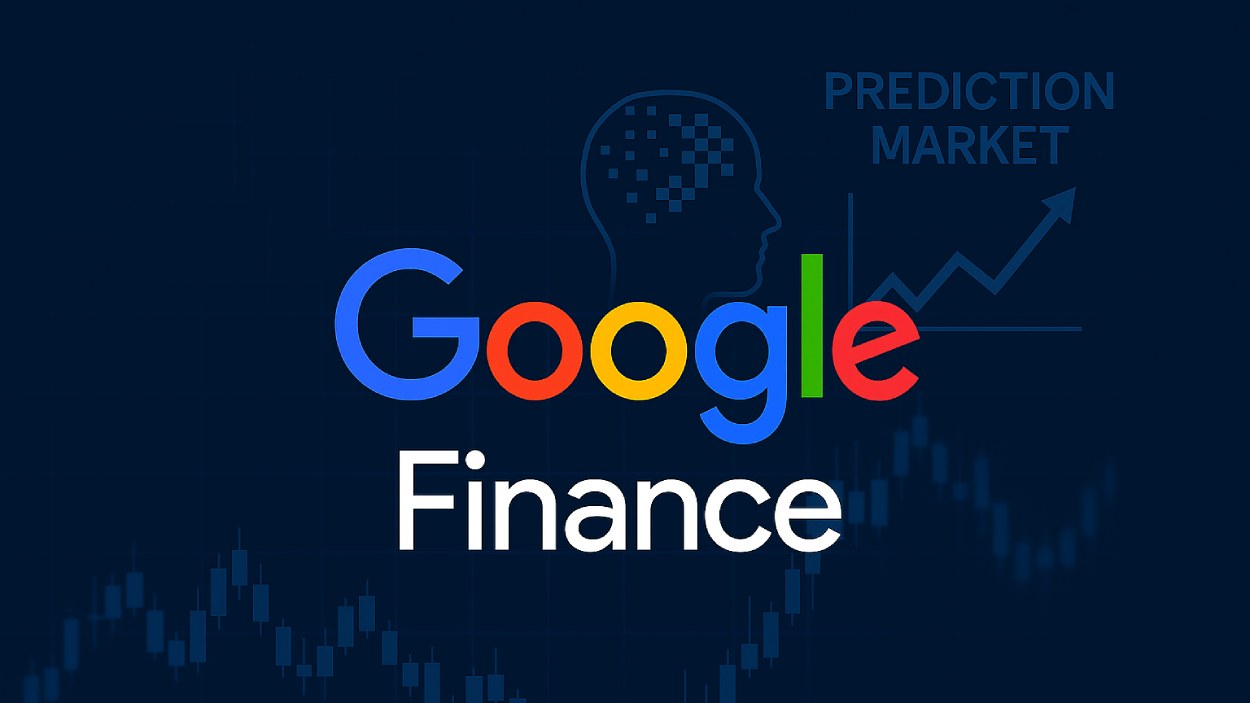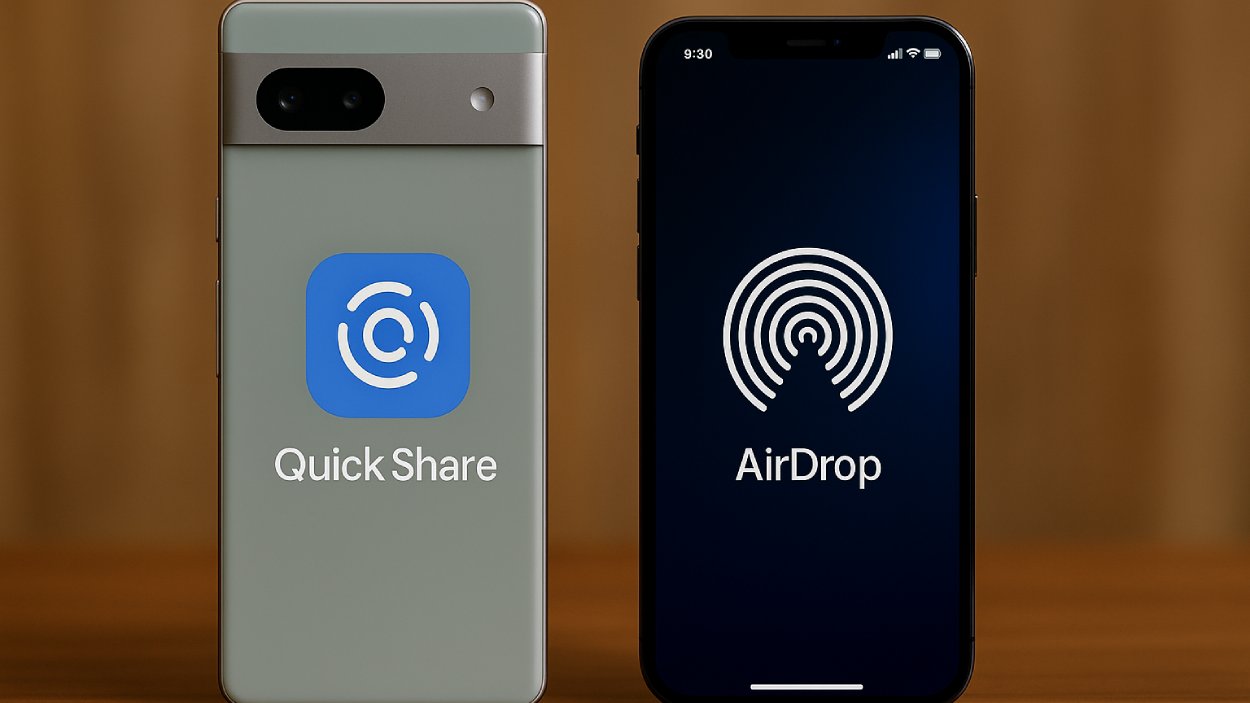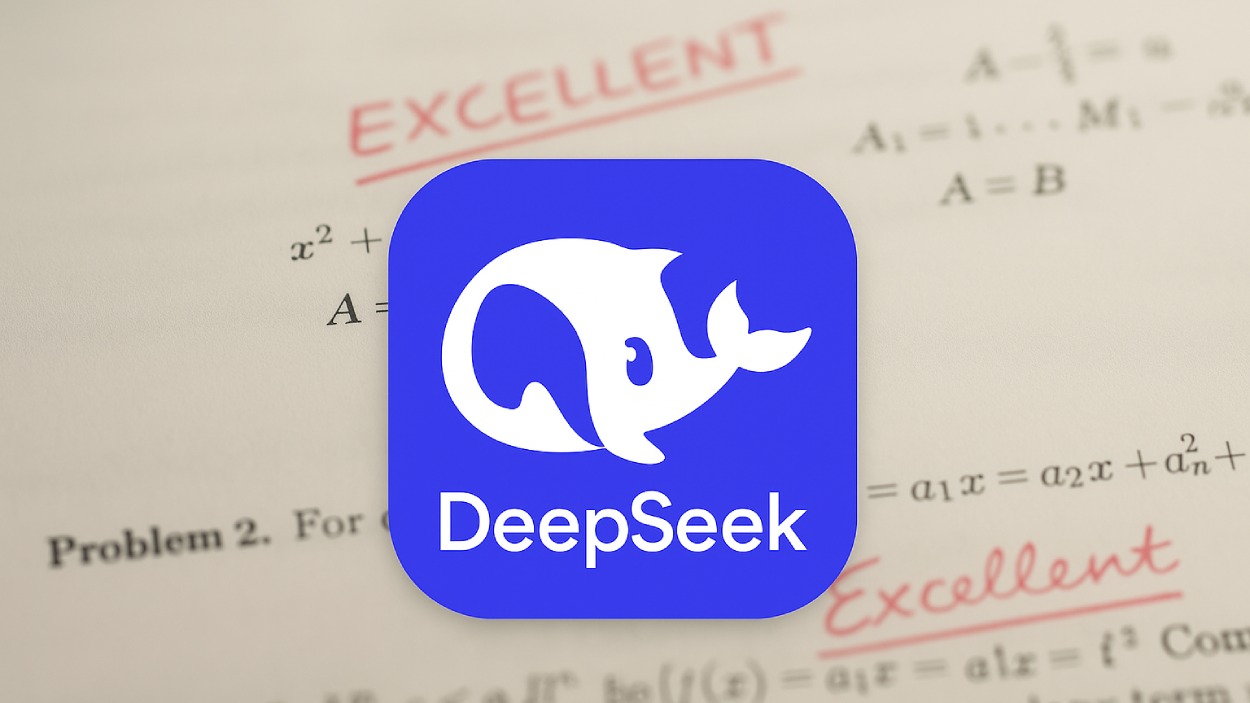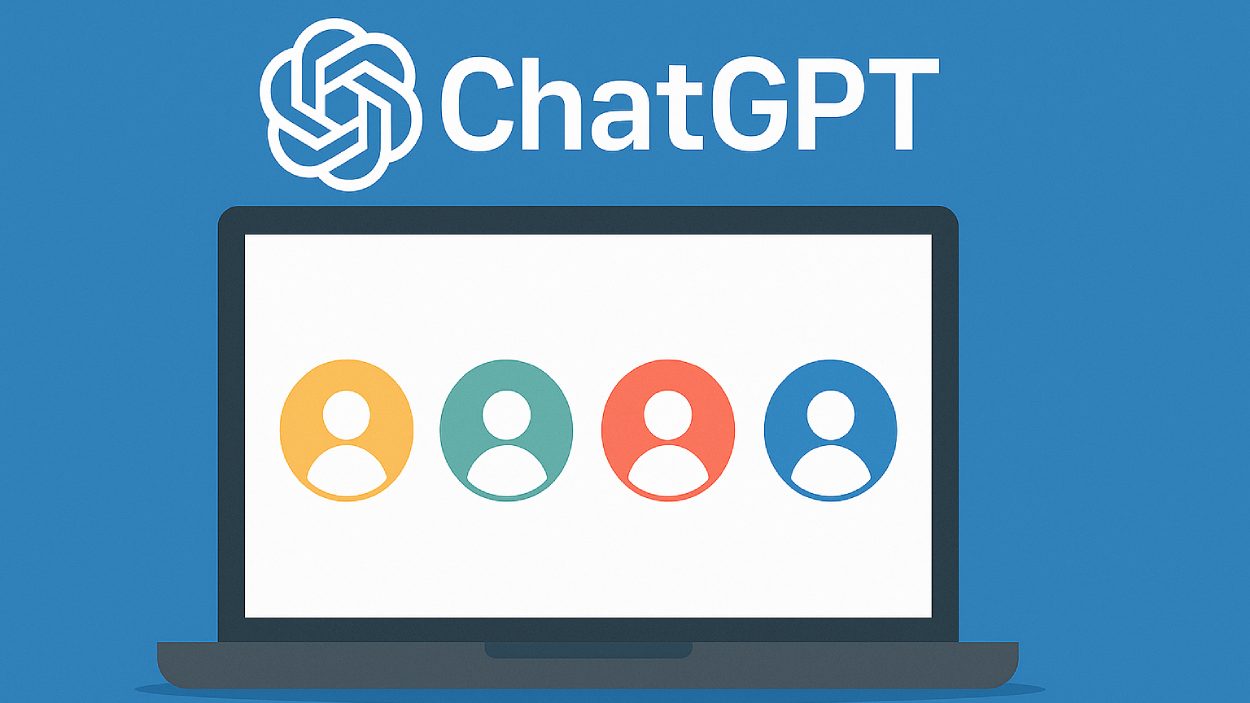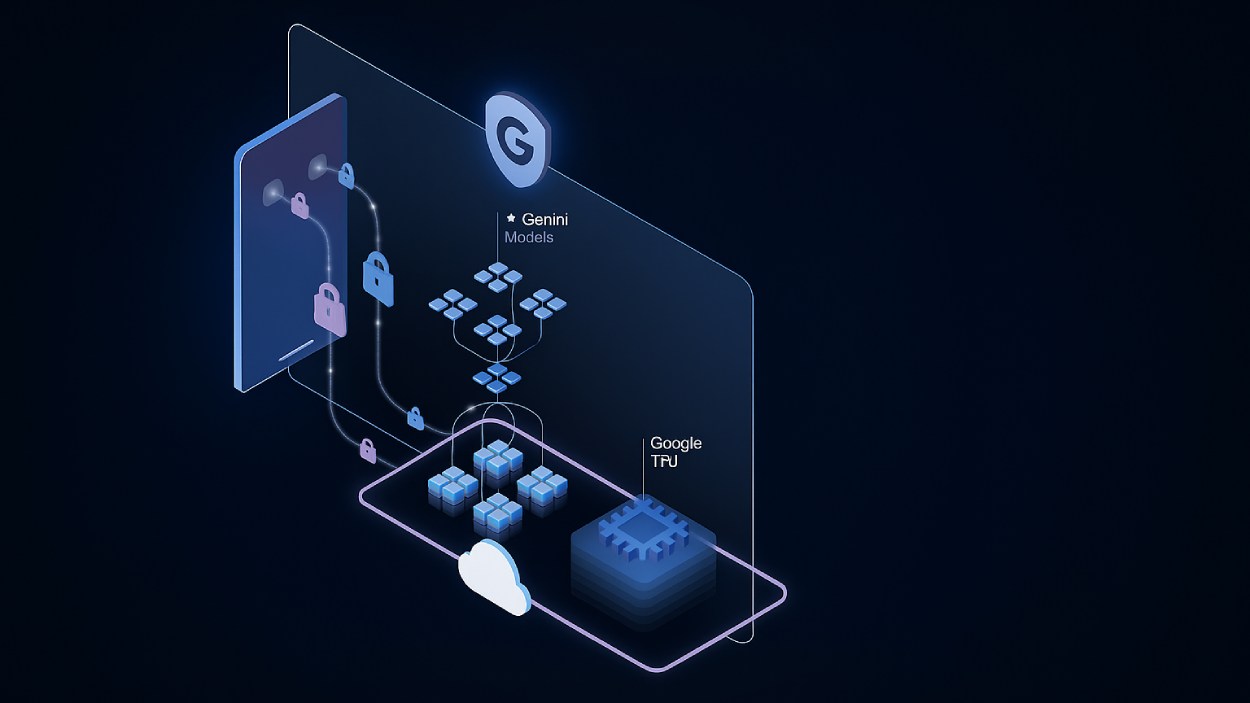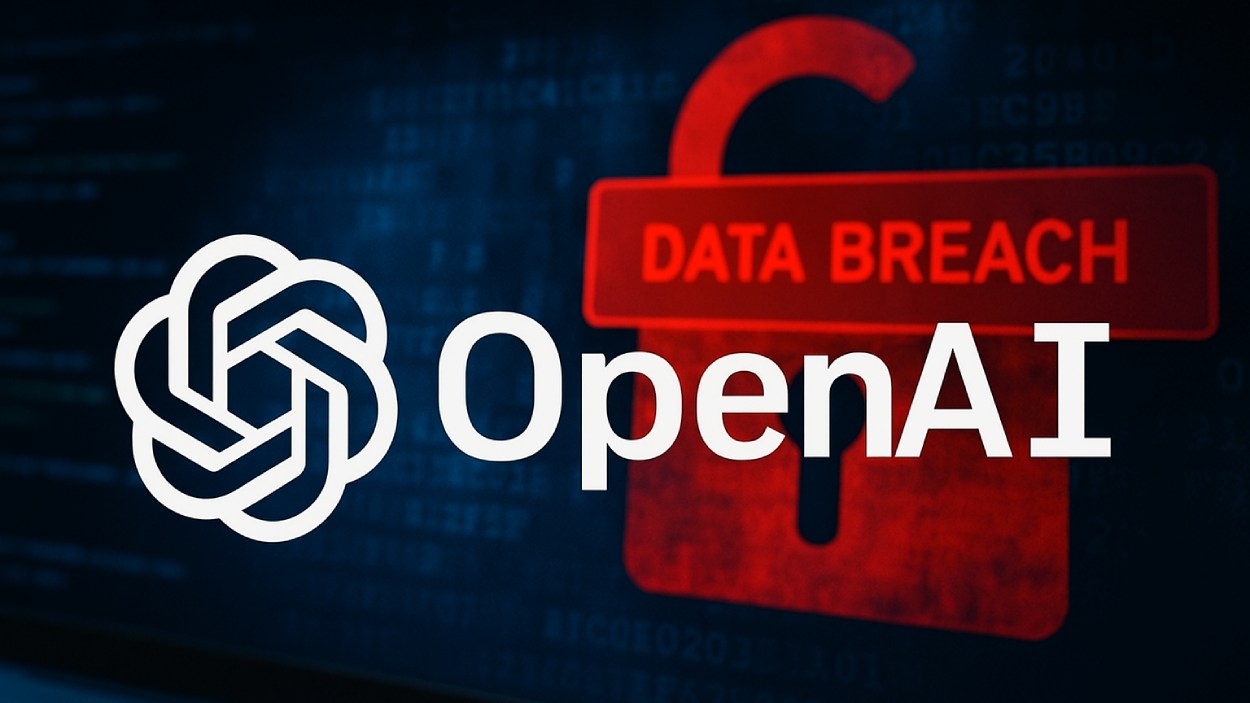A small marketing agency in Texas nearly doubled its client load, not by hiring more staff, but by integrating generative AI into its daily workflows. From drafting campaign copy to customizing client reports, AI-powered tools transformed how the team operated. That story isn’t unique anymore. As we step into 2025, generative AI is no longer a fringe innovation, it’s a mainstream powerhouse reshaping industries, job roles, and economies.
This article dives deep into the current landscape of generative AI, revealing critical statistics across market trends, adoption rates, investment flows, and more. Whether you’re a business leader, researcher, or tech enthusiast, these insights help paint a clearer picture of where the world is headed.
Editor’s Choice
- The global generative AI market is projected to reach $98.1 billion by the end of 2025.
- Over 77% of businesses in the US have either adopted or are actively exploring generative AI integration as of early 2025.
- Generative AI startups raised a combined $22.1 billion in funding during 2024, marking a 38% increase year-over-year.
- ChatGPT and related models now power 58% of enterprise-level customer service bots globally.
- In the education sector, 41% of higher-ed institutions in North America report using generative AI for content creation and administrative support.
- The top 5 generative AI companies collectively hold over 68% of the market share, with OpenAI leading at 29%.
- 94% of US employees who use generative AI daily say it improves their productivity, while 67% say it reduces burnout.
Highest Anticipated GenAI Use Cases for 2025
- Customer service chatbots lead the list with 28% of respondents expecting the most value from this use case.
- Business process workflow management is anticipated to provide high value for 21%, ranking as the second most valuable use case.
- Customer service support is seen as valuable by 19% of respondents, reflecting continued reliance on AI in support roles.
- Both market research/customer insights and customer communications are tied at 18%, showing growing interest in AI for analysis and engagement.
- Software code generation/translation also ranks at 18%, indicating rising use of GenAI in development workflows.
- Planning, budgeting, and forecasting is other key area, cited by 17% as offering major value.
- Supply chain optimization and regulatory documentation/compliance are each expected to yield value for 16% of respondents.
- Contact center management/monitoring closes the list with 15%, still a notable area for GenAI application.
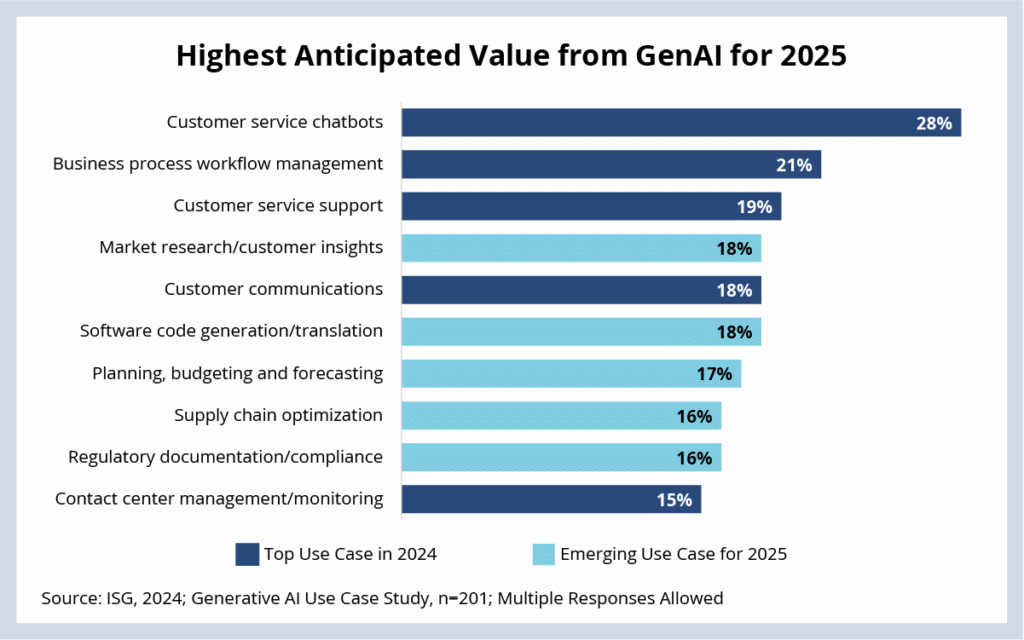
Global Market Size and Growth of Generative AI
- The generative AI market is expected to grow at a CAGR of 36.5% from 2023 to 2030, reaching over $667 billion by the decade’s end.
- The North American market accounted for 38.9% of global generative AI revenue.
- Europe follows with a share of 26.7%, while Asia-Pacific saw the fastest growth rate at 47% YoY.
- The generative AI software segment alone is expected to cross $65 billion in 2025, driven by applications in design, coding, and content creation.
- Enterprise spending on generative AI tools rose to $42.3 billion globally.
- AI-as-a-Service platforms such as Amazon Bedrock and Google Vertex AI reported tripled usage from early adopters in finance and legal tech.
- Nearly 65% of market growth in 2025 is attributed to generative AI tools in marketing automation, design, and customer engagement sectors.
- The US government allocated $1.2 billion in funding toward AI research and development in its 2024-25 budget, with 60% focused on generative AI.
- Open-source AI models saw a 240% increase in enterprise use between 2023 and 2025, led by Meta’s LLaMA and Mistral.
- SMEs (Small and Medium-sized Enterprises) contributed over $8.4 billion to the generative AI economy in 2024, an increase of 56% from the previous year.
Adoption Rates Across Industries
- In healthcare, generative AI adoption jumped to 47% in 2025, with applications in radiology, diagnostics, and clinical documentation.
- The financial services industry saw a 63% adoption rate, with firms using AI for compliance monitoring, report automation, and fraud detection.
- Retail and eCommerce now use generative AI in product description writing, chatbot integration, and visual asset generation.
- Media and entertainment industries reported that over 69% of creative content workflows now involve generative AI tools.
- Legal firms are increasingly leveraging generative AI for case summarization and document review, with 38% of law practices implementing these tools in 2025.
- In manufacturing, 27% of companies reported using generative AI for equipment maintenance forecasts and digital twin simulations.
- The education sector showed a 55% adoption rate, primarily in curriculum planning, content generation, and tutoring platforms.
- Government agencies reported an adoption rate of 32%, especially in document automation and multilingual translation systems.
- The automotive industry uses generative AI for design prototyping, simulation testing, and UI development in smart dashboards.
- Telecommunications companies employ generative AI in network optimization and customer service automation, with an adoption growth of 21% YoY.
Explosive Growth in the Global Generative AI Market
- The Generative AI market is forecasted to reach $255.8 billion by 2033, showing massive long-term growth potential.
- From $13.5 billion in 2023, the market is set to nearly double every few years, hitting $58.8 billion by 2028.
- By 2030, the market is expected to more than quadruple from 2023 levels, reaching $105.8 billion.
- Growth accelerates sharply in the early 2030s, with the market projected to hit $190.6 billion by 2032.
- The compound annual growth rate (CAGR) over the forecast period is a strong 34.2%, indicating rapid adoption and investment.
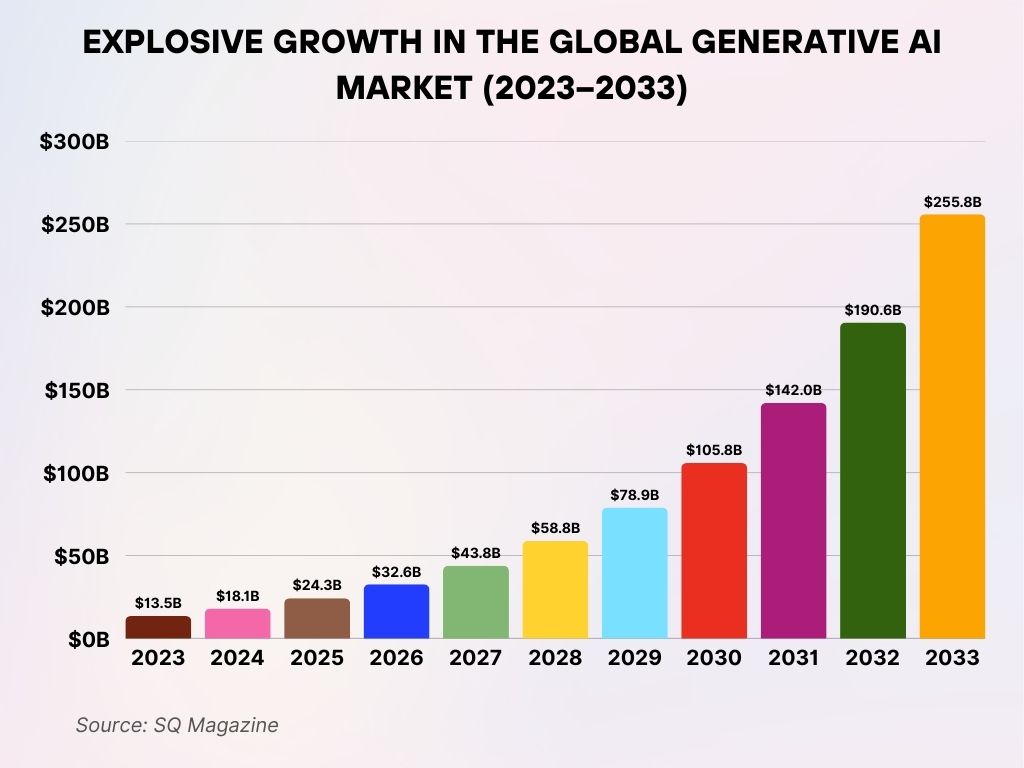
Investment Trends in Generative AI Startups
- Generative AI startups attracted $22.1 billion in total venture capital funding.
- The number of deals in the generative AI space surged by 64%, totaling over 740 transactions globally.
- The average funding round size increased to $45 million, indicating growing investor confidence in AI scalability.
- Early-stage startups in generative code synthesis, multimodal modeling, and AI copilots saw a 73% jump in pre-seed and seed investments.
- The US accounted for 51% of global generative AI investments, followed by China (18%) and the UK (7%).
- Corporate venture arms of firms like Salesforce, Nvidia, and SAP poured over $4.2 billion into AI innovation hubs during 2024.
- LatAm and Southeast Asia emerged as rising regions for AI startup investments, seeing a 32% YoY increase in deal volume.
- AI accelerator programs launched by tech giants saw 5x more applications, with a heavy focus on generative tech and LLM fine-tuning tools.
- Unicorn valuations in generative AI rose sharply, 10 new unicorns emerged.
- M&A activity increased with over 63 acquisitions of AI startups by larger enterprises, focused on IP consolidation and product integration.
Generative AI Usage in Enterprise Workflows
- As of Q1 2025, 62% of US enterprises have embedded generative AI into at least one core business process.
- 45% of Fortune 500 companies** use generative AI tools for internal knowledge base automation and employee onboarding.
- Marketing departments are the highest adopters, with 78% using AI for content creation, A/B testing, and SEO optimization.
- In HR, 39% of organizations use generative AI to create personalized learning paths and draft performance reviews.
- Finance teams report a 32% improvement in forecasting accuracy when incorporating generative models into predictive analytics tools.
- In supply chain operations, 28% of logistics firms use generative AI to generate route optimization simulations and demand planning reports.
- Customer service automation through generative AI (like AI-powered chat or voice agents) is active in 57% of mid-sized companies in the US.
- Legal and compliance departments use generative AI for redlining contracts and summarizing regulatory filings in 31% of surveyed enterprises.
- 65% of companies that use generative AI in workflows report time savings of 4–9 hours per employee per week.
- Slack, Notion, and Microsoft 365 Copilot integrations have driven adoption across knowledge workers, now reaching over 52 million users worldwide.
AI Usage Among College Students for Academic Work
- 55.4% of college students admitted to using AI tools on assignments or exams, highlighting widespread adoption in education.
- 40.6% stated they have not used AI, indicating a significant portion still completes academic work without AI assistance.
- 4% chose to prefer not to answer, suggesting possible concerns around academic integrity or data privacy.
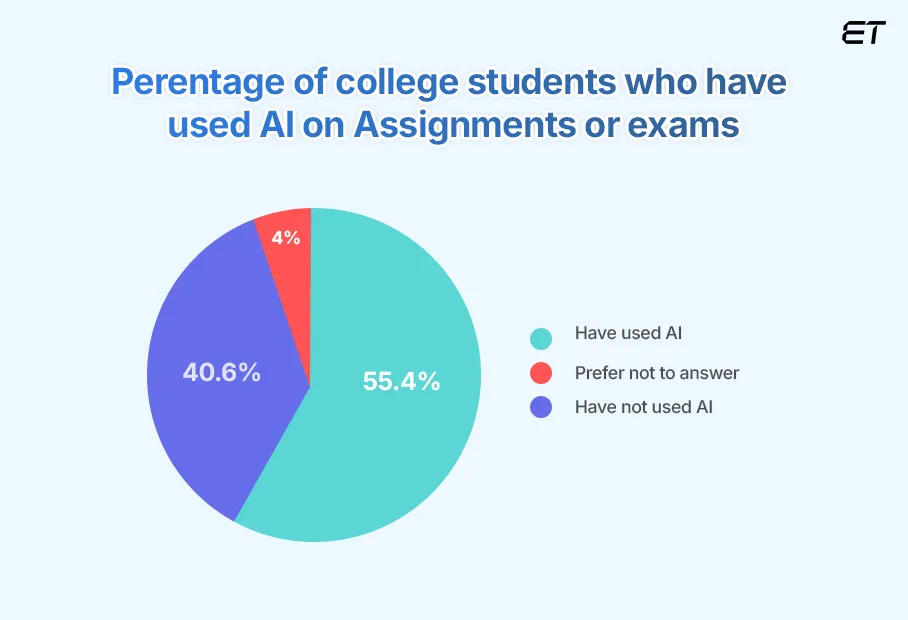
Key Players and Market Share in Generative AI
- OpenAI holds the largest market share at 29%, driven by ChatGPT’s integration into enterprise SaaS tools.
- Google DeepMind and Anthropic trail behind with 15% and 11% market shares, respectively.
- Cohere, specializing in enterprise language models, doubled its market reach in 2024, now commanding 7% of the segment.
- Amazon’s Bedrock platform saw a 38% YoY increase in enterprise adoption by late 2024, primarily in logistics and retail.
- Hugging Face, the leading open-source AI model provider, crossed 1 million model downloads per week on average in 2025.
- Mistral AI, a French-based open-source challenger, is now used by 18% of European AI developers.
- Stability AI continues to lead in generative image tools, with over 3.4 billion images created through Stable Diffusion in the past 12 months.
- Adobe Firefly surpassed 6 billion image generations globally, marking a 67% growth year-over-year.
- Meta’s LLaMA 3 model saw enterprise interest increase by 220% due to its strong performance in multilingual tasks.
- IBM watsonx continues gaining momentum in enterprise NLP, with 19% market share in government and legal AI deployments.
Impact on Job Roles and Productivity
- A 2025 McKinsey report suggests that up to 30% of job tasks in white-collar roles could be automated with generative AI by 2030.
- Professionals using generative AI report a 23% boost in productivity on average, with notable gains in writing, research, and analysis.
- Copywriters, data analysts, and UX researchers are among the top three roles seeing the largest shift in workflow due to generative tools.
- 74% of US knowledge workers surveyed said generative AI helps reduce repetitive tasks, leading to more time for strategy and ideation.
- 42% of small business owners say generative AI allows them to compete with larger firms by reducing content production costs.
- Among developers, GitHub Copilot users report coding productivity improvements of 37% on average.
- In education, teachers using AI-powered lesson planning tools save 5+ hours weekly on administrative tasks.
- 53% of HR managers are using generative AI to screen resumes and draft interview questions, speeding up the hiring process.
- A growing freelance workforce relies on generative tools like Jasper and Copy.ai, 61% of freelancers say it improves client turnaround time.
- While 21% of employees express concern about job displacement, 68% believe AI will augment, not replace, their role by offering new tools for growth.
Generative AI Market Share by Region
- North America leads the global generative AI market with a dominant 41% share, reflecting major tech investment and innovation.
- Europe holds the second-largest portion with 26%, showing strong adoption across diverse industries.
- Asia Pacific accounts for 22%, highlighting rapid technological expansion and AI integration in emerging markets.
- Latin America contributes 8% to the global share, signaling steady but slower growth.
- The Middle East and North Africa region has the smallest share at 3%, indicating nascent adoption and investment levels.
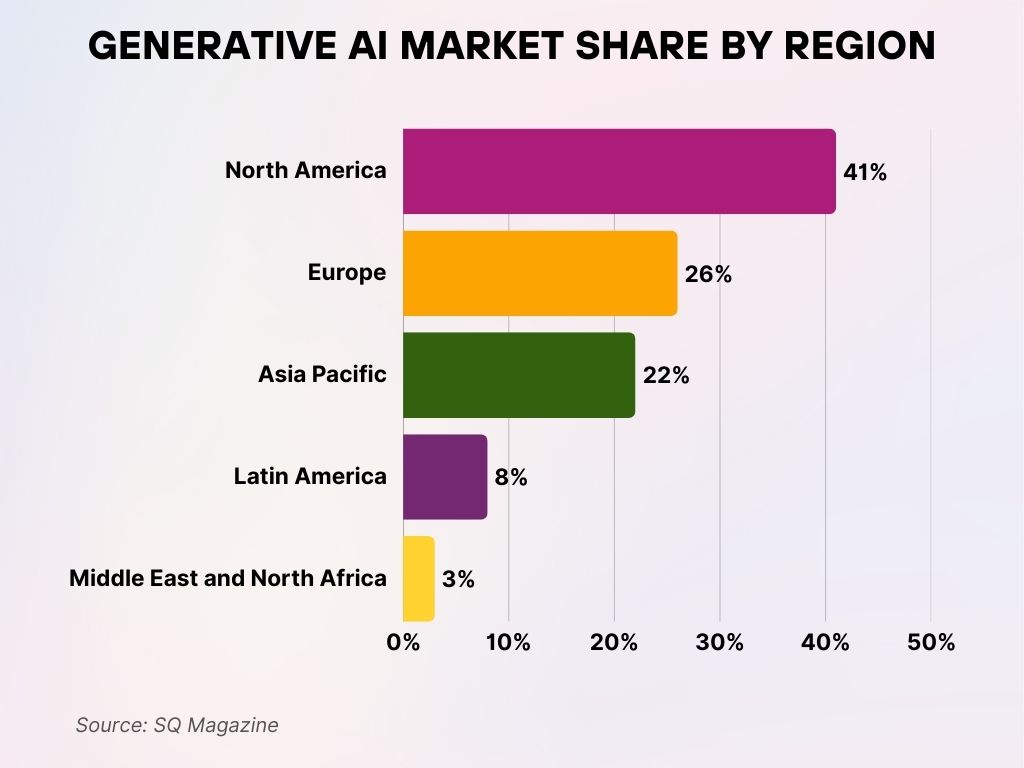
Ethical and Regulatory Statistics
- As of early 2025, 22 countries have introduced formal regulations or guidelines specific to generative AI use.
- The EU AI Act, finalized in late 2024, includes new obligations on transparency and data provenance for generative model providers.
- In the US, California and New York passed state-level AI disclosure laws requiring companies to notify users when content is AI-generated.
- 38% of AI firms surveyed said navigating compliance is now a top barrier to scaling generative products across markets.
- 84% of consumers believe AI-generated content should be clearly labeled.
- 60% of organizations now have internal AI ethics boards or governance structures, compared to just 27% two years ago.
- Concerns over deepfakes remain high: 71% of adults in the US fear misinformation from AI-generated videos in election contexts.
- Major platforms like Meta and X have begun watermarking AI-generated content, now covering over 40% of AI media uploads.
- The AI risk insurance market grew by 51% YoY, driven by enterprise concerns around liability from generated content.
- New initiatives from UNESCO and the OECD are pushing for global alignment on ethical AI standards, with participation from 48 nations.
Consumer Awareness and Trust Levels
- In a 2025 Ipsos survey, 79% of US adults said they’ve interacted with AI-generated content in the last month, knowingly or not.
- 53% of consumers could not distinguish between AI-generated and human-written content in blind tests.
- Trust in generative AI varies by purpose: 61% trust it for entertainment, but only 29% trust it for health or legal advice.
- Among Gen Z, 72% say they use AI tools weekly, primarily for content creation, academic help, and idea generation.
- 42% of consumers are concerned about how generative AI might influence elections, advertising, and media manipulation.
- Despite rapid growth, only 36% of people say they understand how generative AI works, highlighting a widening knowledge gap.
- Mobile apps with generative features, like Replika, Lensa AI, and ChatGPT, saw downloads increase by 87% YoY in 2024.
- Customer satisfaction ratings for AI-powered customer service tools are now on par with human agents in 58% of surveyed companies.
- 48% of online shoppers say they’re open to receiving AI-generated product recommendations.
- Only 11% of consumers fully trust companies to use generative AI responsibly, down from 18% last year.
Breakdown of AI Users by Experience Level
- 46.5% of users are AI Novices, who’ve tried AI but use it rarely and without much effectiveness or understanding.
- 33.7% are AI Experimenters, using AI occasionally with basic prompting knowledge but no major productivity gains.
- 10.9% are AI Skeptics, either disinterested, anxious, or having tried AI and decided against further use.
- 7.9% are AI Practitioners, integrating AI into work weekly and seeing measurable productivity gains.
- Only 1% qualify as AI Experts who fully understand AI’s capabilities and risks and use it for high-value productivity.
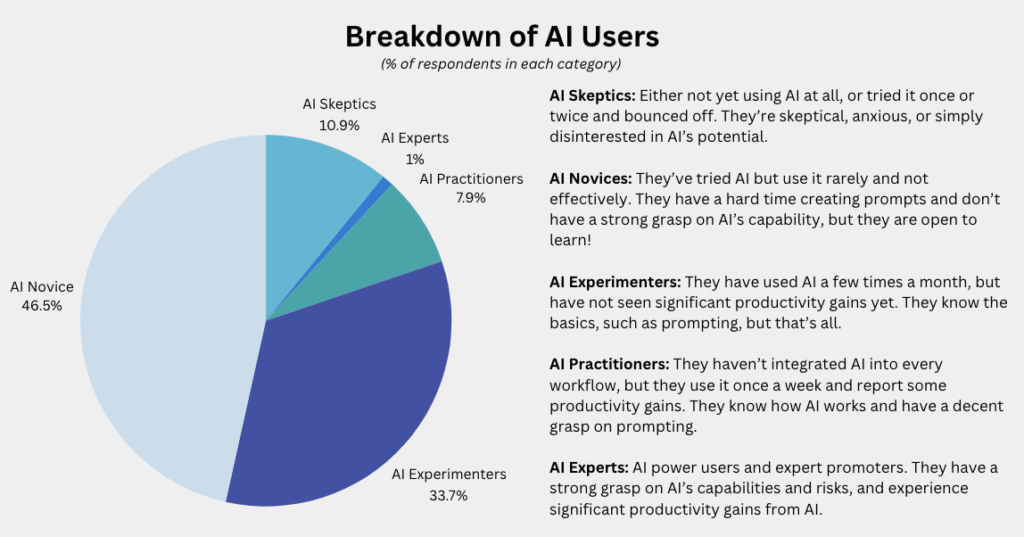
Regional Distribution of Generative AI Adoption
- North America leads the global adoption landscape, with 78% of organizations integrating generative AI into operations by 2025.
- In Europe, adoption rates reached 64%, with Germany and France leading in enterprise-level applications.
- China‘s aggressive push into AI technologies saw adoption climb to 71%, driven by state-backed initiatives and education-focused AI.
- The Middle East and North Africa (MENA) region reported 41% adoption, especially in smart city planning and logistics.
- India’s generative AI startup ecosystem grew by 126% YoY, fueling broader adoption across fintech, healthtech, and edtech sectors.
- Latin America showed promising signs, with 38% of large enterprises in Brazil and Mexico piloting or deploying generative AI in 2025.
- Australia and New Zealand reported a combined adoption rate of 58%, largely within public administration and higher education.
- Africa’s adoption rate stands at 27%, but government-backed AI labs and data literacy initiatives are driving future potential.
- Japan recorded a 49% integration rate in enterprise settings, with a focus on robotic automation and creative media.
- Multinational corporations operating in 5 or more regions are 3.2x more likely to adopt generative AI tools company-wide.
Energy Consumption and Environmental Impact
- A single generative AI model training session (like GPT-4) can consume over 1.3 GWh, enough to power 1,200 US homes for a month.
- The global AI sector is projected to account for 3.5% of worldwide electricity demand by 2030.
- Training and running large language models emitted 502,000 metric tons of CO₂e in 2024, equivalent to 112,000 cars on the road.
- In 2025, over 58% of generative AI models will be hosted on green data centers.
- Microsoft, Google, and Amazon committed to net-zero AI infrastructure by 2030, investing over $7.1 billion in carbon offset programs.
- Meta’s FAIR lab introduced a low-energy AI model architecture that consumes 60% less power without compromising accuracy.
- NVIDIA’s Grace Hopper chips, built specifically for AI workloads, claim to deliver 3x better energy efficiency compared to 2022 GPUs.
- The average carbon footprint for generating a 1,000-word AI article is 9.6 grams of CO₂, which is less than printing one paper page.
- Renewable-powered GPU clusters used for AI inference tasks have reduced real-time emissions by 42% for companies like Hugging Face.
- Carbon-aware scheduling systems, which run models during off-peak hours with cleaner energy sources, are now used in 21% of global data centers.
Most Popular Generative AI Tools in Use
- ChatGPT leads the list with 55% of users choosing it as their go-to generative AI tool.
- Copy.ai is used by 42%, making it the second most popular tool for content generation.
- Jasper.ai follows with 36%, favored for its advanced writing capabilities.
- Peppertype.ai is adopted by 29%, gaining traction among content creators.
- Lensa, known for AI-powered photo editing, is used by 28% of respondents.
- DALL-E, a tool for AI-generated images, sees usage by 25% of users.
- MidJourney, another image-generation tool, is close behind with 24% adoption.
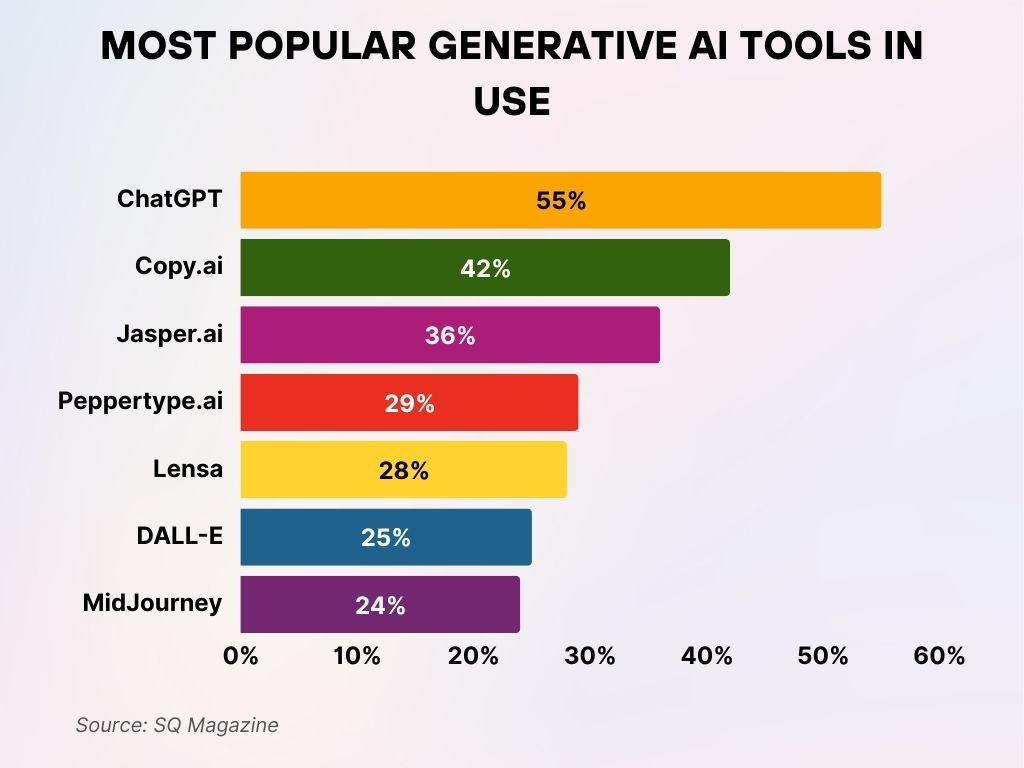
Education and Skill Development Trends
- 61% of universities in the US now offer dedicated coursework or certifications in generative AI and prompt engineering.
- The global demand for “AI literacy” programs has grown by 114% YoY, especially among adult learners and mid-career professionals.
- Online learning platforms like Coursera and Udemy saw over 3.6 million enrollments in generative AI courses in 2024.
- High schools in Canada and Singapore have introduced generative AI as part of their digital literacy curricula for students aged 14+.
- Google’s AI for Everyone program reached over 2 million learners globally, promoting ethical and practical AI education.
- 48% of employees in Fortune 1000 companies have received generative AI training as part of upskilling initiatives in the last 12 months.
- Bootcamps focused on AI product design, AI UX, and LLM tuning reported a 78% completion rate, reflecting high learner engagement.
- LinkedIn Learning recorded a 210% increase in generative AI course views compared to the previous year.
- Companies offering AI onboarding programs as part of employee orientation grew from 11% in 2023 to 39% in 2025.
- Major universities like MIT, Stanford, and Carnegie Mellon launched new interdisciplinary labs focused on the intersection of AI and society.
Recent Developments
- OpenAI released ChatGPT-5, now capable of real-time audio-visual multimodal interactions, significantly improving accessibility.
- Google’s Gemini Ultra surpassed GPT-4 in six major benchmarks, including logical reasoning and multilingual comprehension.
- Adobe launched Firefly 3, a design-focused model integrated into Creative Cloud that supports dynamic video generation.
- Meta’s LLaMA 3 achieved comparable performance to proprietary models using a fraction of the training data.
- Anthropic’s Claude 3 introduced context-aware personalization that adjusts tone, complexity, and language on the fly.
- Mistral AI announced open-weight models optimized for embedded devices, bringing AI capabilities to edge computing environments.
- Microsoft integrated its Copilot into Windows 11 natively, making generative AI tools available to over 1 billion users.
- Hugging Face partnered with Amazon to launch open-source instruction-tuned datasets, enhancing fine-tuning accessibility.
- Runway ML released Gen-3, its most advanced video generation model to date, now used in indie filmmaking and gaming.
- IBM’s watsonx Assistant received FDA approval for use in medical support systems, marking a milestone in AI-regulated industries.
Conclusion
Generative AI in 2025 is no longer just a buzzword, it’s infrastructure. From transforming business workflows and global job roles to challenging ethical boundaries and reshaping education, its impact is deep and widespread. The data tells a story of explosive growth, rising global engagement, and accelerating innovation. But it also raises important questions about sustainability, bias, and regulation.
As this technology matures, its success will depend not just on algorithms, but on how responsibly and creatively we use them. Whether you’re a business leader, a developer, or a consumer, understanding these shifts isn’t optional. It’s essential.











